Essential for planning new products! How to determine the expiration date and the necessary rapid freezing for frozen foods
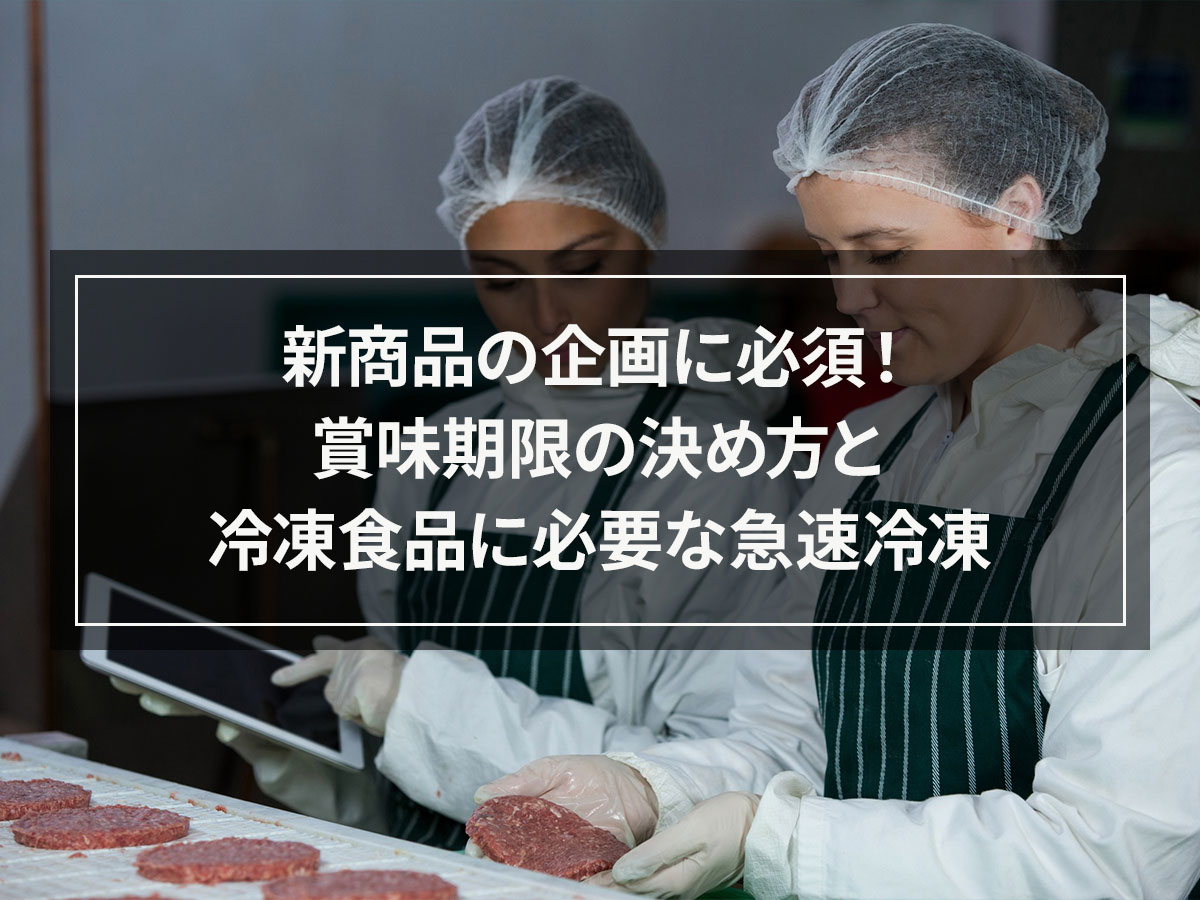
Do you know how to set the expiry date?
Food products are basically required to have an expiration date or expiration date written on them.
If you set an inappropriate expiration date, problems such as food poisoning may occur, so expiration dates are something that anyone in the food industry should be aware of.
This time, we will explain the difference between expiration dates and expiration dates, how to set the expiration dates, frozen foods, and rapid freezing technology required for them.
目次
What is the expiry date and expiry date?

The expiration date is information that everyone, from food manufacturers to general consumers, is concerned with.
However, many people may not know the difference between expiration dates and expiration dates, and what kind of foods they are used in. Food products are generally required to have an expiration date or expiration date. Here we will introduce the definitions of best-before dates and expiration dates according to the Ministry of Agriculture, Forestry and Fisheries.
expiration date
The best before date is ``the period within which the product can still be eaten deliciously without any change in quality if the bag or container is left unopened and stored according to the storage instructions written on the label.'' I'm talking about.
Just because the expiration date has passed does not mean there is a safety issue.
Best before dates are used for foods that are relatively unlikely to deteriorate in quality and can be stored for long periods of time (6 days or more is a guideline), such as ham, retort foods, and frozen foods.
Expiration date
The expiration date is the ``date'' when a product can be safely eaten if the package or container is left unopened and stored according to the storage instructions.
If the expiry date has passed, it may be unsafe, so it is best not to eat it.
This is set for foods that are prone to deterioration and are relatively hard to store (within 5 days as a guide), such as bento boxes, sandwiches, side dishes, and cakes.
Both the expiration date and the expiration date are set on the assumption that the product is unopened and stored in an environment (temperature, etc.) suitable for food.
Therefore, if the food is stored at high temperatures or if the package has been opened, it will deteriorate quickly and may not be edible even within the storage period.
How to decide the expiration date and expiration date
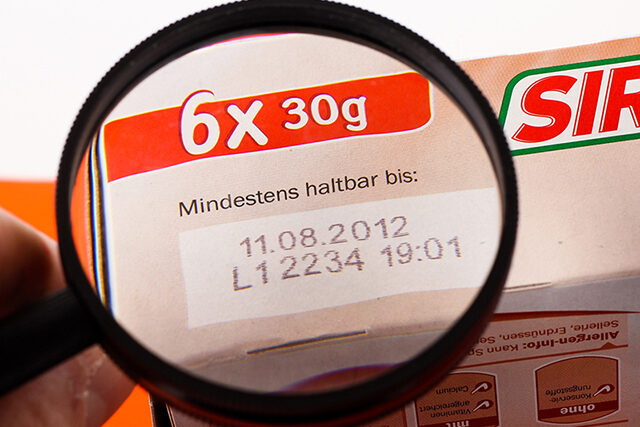
This is set by manufacturers, processors, and distributors for domestic foods, and by the importer for imported foods.
The Consumer Affairs Agency has issued the `` Guidelines for Setting Expiration Date Labeling on Foods'' as a way to determine expiry dates.
The content of this guideline is that manufacturers, who are responsible for setting expiration dates for foods, should appropriately set expiration dates on a scientific and rational basis.
However, it is not a complete rule, so as long as it has a scientific and rational basis and can be explained, there is no problem.
According to the guidelines, three test methods are used as scientific and rational grounds: physical and chemical tests, microbiological tests, and sensory tests, and deadlines are set.
The set period multiplied by a number called the safety factor (less than 1) is displayed on food as the expiration date and expiration date.
Now, we will explain the three test methods and safety factors.
3 test methods
■Physical and chemical examination
This is a method to evaluate and set quality deterioration from the manufacturing date from a scientific perspective.
Stickiness, turbidity, pH, oxidation, etc. are indicators for judgment.
By comparing the manufacturing date and subsequent measurements, changes in quality can be universally determined.
■Microbial test
This is a method to evaluate and set quality deterioration from the date of manufacture from a microbiological perspective (bacterial growth).
Select effective indicators (general viable bacteria count, E. coli count, etc.) according to conditions such as manufacturing method, temperature, and packaging.
The permissible values differ depending on the type of food, so the characteristics of the food must be taken into consideration.
■Sensory test
This is a method of evaluating the properties of food using human senses such as taste and smell.
The quality on the manufacturing date is given a perfect score, and as the days pass, the quality deteriorates by tasting and evaluating.
Measures the period until the score falls below the set standard.
safety factor
The safety factor is a number less than 1 that is multiplied by the period determined by testing when determining the expiration date and expiration date.
As a general rule, expiration dates and expiration dates are multiplied by a safety factor of less than 1, depending on the characteristics of the food, and are set to shorter periods than those determined by testing.
If the determined period is 10 days and the safety factor is 0.8, the labeling period on the food will be 8 days.
The safety factor is often set between 0.7 and 0.8, but some manufacturers purposely set the value below 0.7 to emphasize freshness.
Any test method requires quantification of results. This is because by quantifying the results, they can be treated as objective items. The documents that form the basis for setting deadlines should be maintained and stored, and the information should be provided when requested.
The documents that form the basis for setting deadlines should be maintained and stored, and the information should be provided when requested.
Unnecessary tests for setting expiration dates
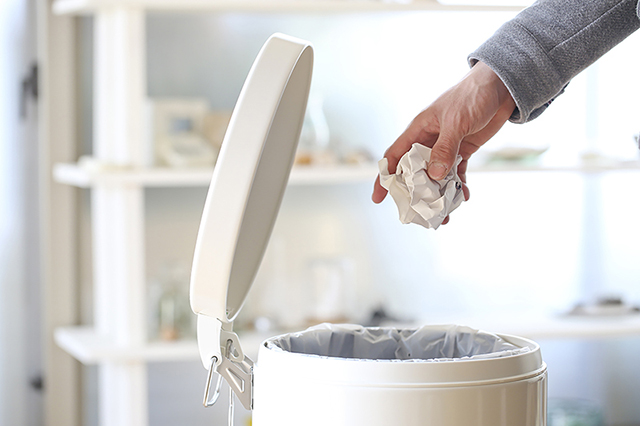
Although three test methods are listed, it is not necessary to perform all of these tests when setting expiration dates and expiration dates.
In extreme terms, it is possible to set it up using just a sensory test.
However, for products that have standards set by the Food Sanitation Act, testing is required to confirm that they meet those standards. (Click here for foods that meet the standards)
In addition, for foods with similar characteristics, as long as the characteristics of the food are sufficiently taken into account, best-before and expiration dates can be set by referring to the results of tests and inspections of similar products.
Different companies use a variety of methods, such as conducting tests in-house or at specialized companies, or setting deadlines based on similar products from other companies.
Expiration date of frozen food
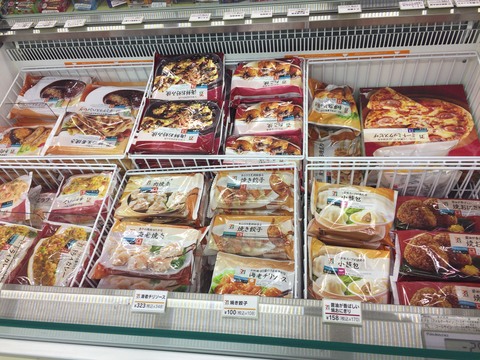
We have explained the labeling dates of common foods. So, how do you determine the expiry date of frozen foods?
The expiry date of frozen foods can be determined in the same way as other foods.
Because frozen foods are frozen, they can be stored for a longer period of time than regular foods.
Therefore, the best-before date is basically set, not the expiration date. When you hear the word frozen, you may have the impression that the taste will deteriorate.
However, by rapid freezing, you can freeze food while preserving its delicious state.
Frozen food and rapid freezing

rapid freezing is a method of rapidly lowering the temperature of food and freezing it in a short period of time, preventing cell destruction and preserving the food's delicious state.
General frozen foods sold at convenience stores and supermarkets basically use this rapid freezing method.
By incorporating rapid freezing, it is now possible to freeze foods that could not be frozen in the past, and to distribute foods that could only be eaten in the region where they were produced due to issues such as freshness, all over the country.
By rapid freezing, you can extend the expiration date and expiry date of delicious foods.
Conclusion
What did you think.
Best before/use by dates are relevant to almost all food businesses.
When creating a new product, it is necessary to set expiration dates and expiration dates, but if you know how to set expiration dates, you won't have to take on unnecessary costs or risks.
In addition, rapid freezing allows products to be distributed nationwide by extending the expiration date while preserving quality.
If you work in the food industry, it would be a good idea to remember the meaning of expiration dates and how to determine them.








![[Storage period increased by 30 times! ] Achieving a stable supply of raw whitebait!](https://shunkashutou.com/wp-content/uploads/2016/11/579c55e6d32e1385c250e8e7c3ed59a71.jpg)
![[Sales increased 100 times! ] rapid freezing the signature menu “Ni-katsu sandwich”!](https://shunkashutou.com/wp-content/uploads/2016/11/IMG_02391.jpg)
![[Horse sashimi] We have significantly reduced waste loss with rapid freezer!](https://shunkashutou.com/wp-content/uploads/2016/11/5fda59d0cbcdabde18e58c3c58c09ed0.jpg)




![[Storage period increased from 3 days to half a year! ] Restaurants are expanding their business using wholesale and mail order!](https://shunkashutou.com/wp-content/uploads/2018/04/66c19942ab4ba346fdb64ccc04cde373.png)
![[Reduce loss from 200 kg of oysters to zero] Improve loss and expand business with rapid freezer](https://shunkashutou.com/wp-content/uploads/2018/06/19785ca583a8d3c4041c7c192d041b0d.jpg)














![[Rapid freezers in 2021] Market Trends and Customer Success Stories](https://shunkashutou.com/wp-content/uploads/2020/12/7F9A9CB9-A494-4E6A-946E-079279C596E6.jpeg)
![[Import/Export Industry] Advantages and success stories of introducing rapid freezer](https://shunkashutou.com/wp-content/uploads/2015/05/jirei_yunyu_img_01.jpg)
![[For food manufacturers] What is the meaning of IQF freezing and what is rapid freezer required for it?](https://shunkashutou.com/wp-content/uploads/2017/03/40008d9f1a752dd006399fe1c4beda34.jpg)
![[Wholesale] Advantages and success stories of introducing rapid freezer](https://shunkashutou.com/wp-content/uploads/2015/05/jirei_oroshi_img_01.jpg)
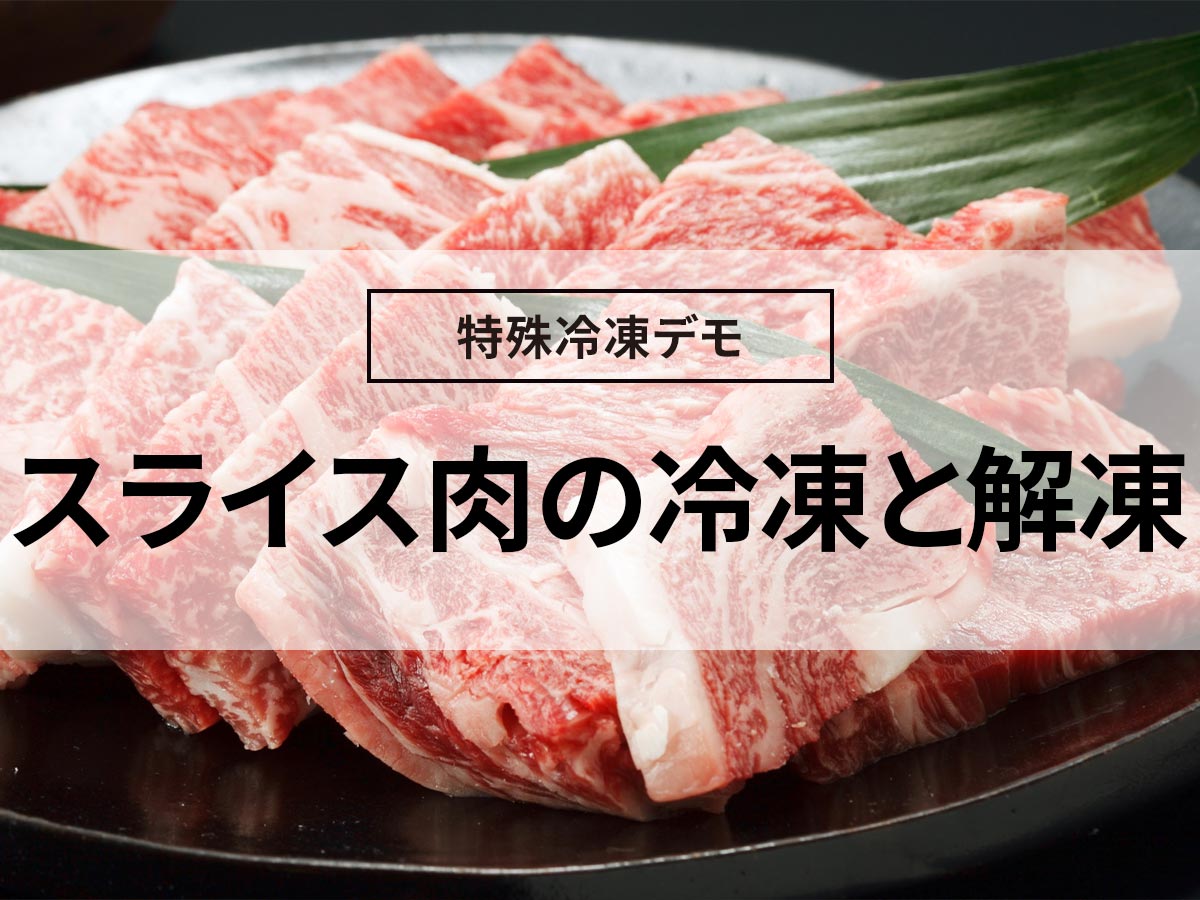


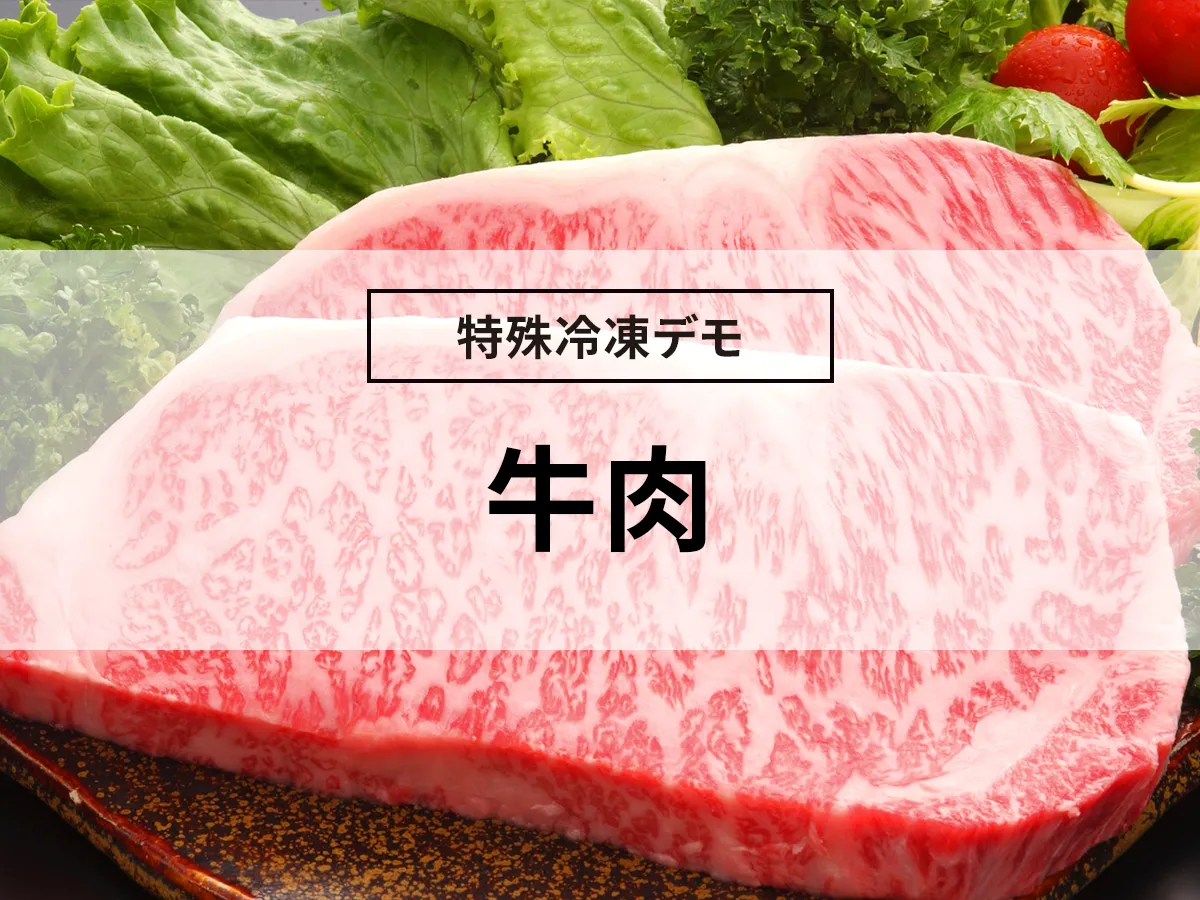
![How to freeze apples and what is their nutritional value? Perfect for baby food! [Explanation with photos! ]](https://shunkashutou.com/wp-content/uploads/2023/10/cf0380a4b371d2f43e0f0ed99c7344a2.jpg)
![How to freeze parsley, nutrition, and 5 easy recipes! [Solved with photos! ]](https://shunkashutou.com/wp-content/uploads/2023/09/paseri-768x513-1.jpg)

![Explanation with photos of how to freeze miso soup and how to make miso balls [Carefully selected recipes]](https://shunkashutou.com/wp-content/uploads/2023/09/83d5bdbdcb7303dde33d5cf227b5ee9c-1.jpg)

![[Supervised by a nutritionist! ] How to freeze bean sprouts, storage period, and 5 recipes!](https://shunkashutou.com/wp-content/uploads/2023/09/34f4d39c30e79629a89bf54221841964.jpg)
![[Can it be frozen? ] Introducing a good way to freeze green peppers and side dish recipes](https://shunkashutou.com/wp-content/uploads/2023/09/30407f106c5c082468c66af0d40c5858.jpg)
![Introducing how to freeze mushrooms and recipes [Explanation with photos! ]](https://shunkashutou.com/wp-content/uploads/2023/09/a4b193bf883e378a4d3fb316b2edaf43.jpg)
![[Introducing case studies as well!] 5 reasons why curry restaurants should install rapid freezer](https://shunkashutou.com/wp-content/uploads/2016/09/2a0deb9a6db53165f0a4938bc80cee46.jpg)

![[Great at sushi restaurants! ] How to increase sales by rapid freezing sushi](https://shunkashutou.com/wp-content/uploads/2016/04/0d3e7f8a3cefa0aefe0a8452e414db21.jpg)
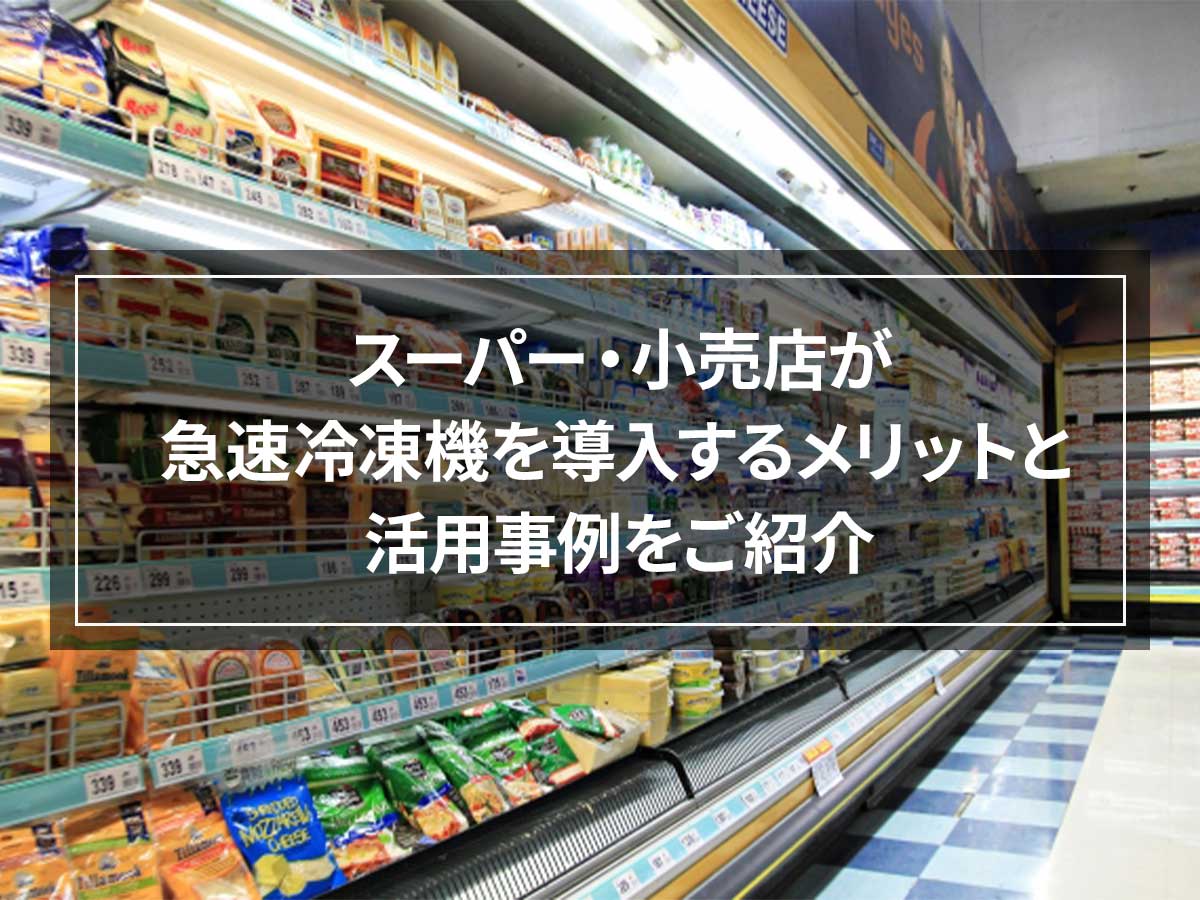
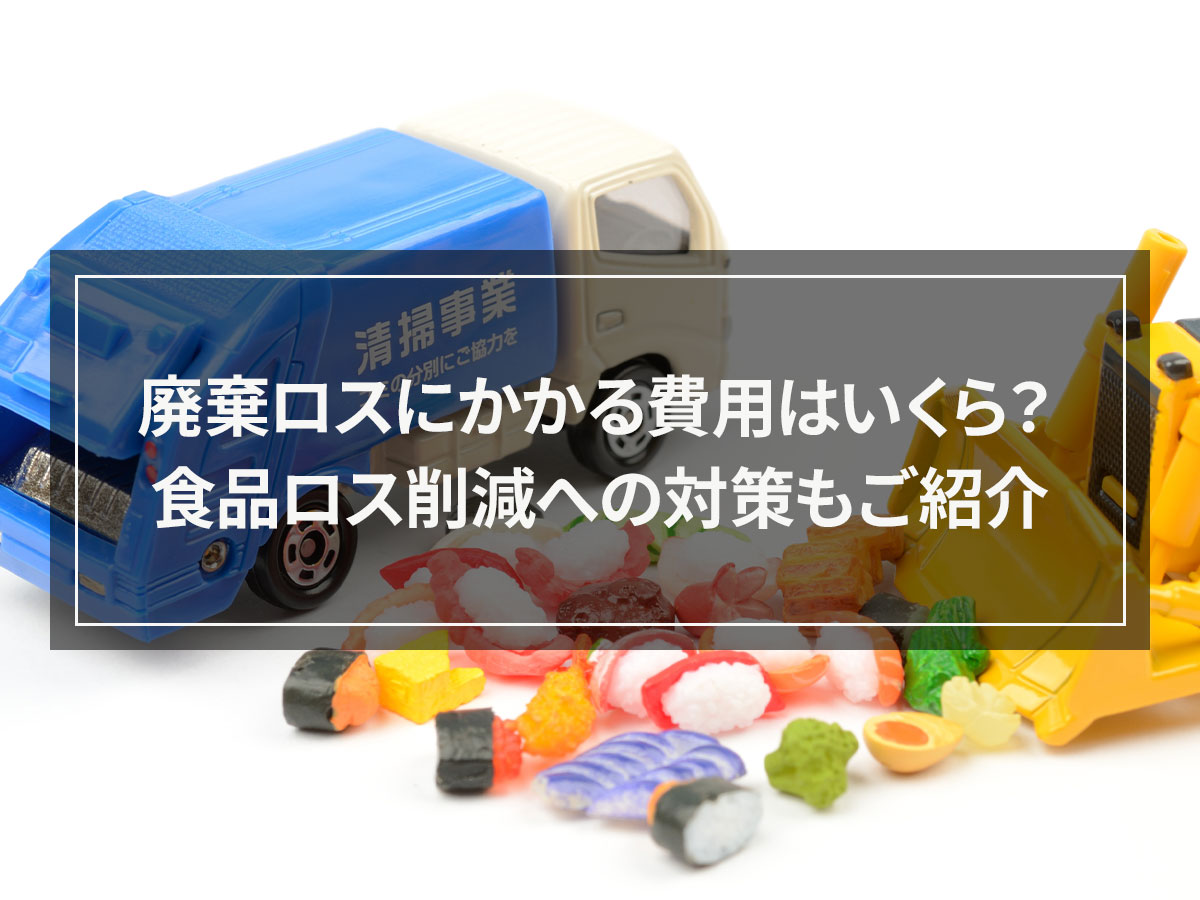
![[Includes recommendations by industry] Summary of types and benefits of small rapid freezer](https://shunkashutou.com/wp-content/uploads/2020/12/smallsize.jpg)
![[Labor shortage]The benefits with examples of using rapid freezer](https://shunkashutou.com/wp-content/uploads/2019/04/hitodebusoku-article-main_pc.jpg)
![[Restaurants/Restaurant] Advantages and success stories of introducing rapid freezer](https://shunkashutou.com/wp-content/uploads/2015/05/inshoku-article-eyecatch1.jpg)
![[Nutrition remains the same! ? ] Introducing how to use frozen vegetables and recommended recipes](https://shunkashutou.com/wp-content/uploads/2023/10/vegetables-reito-1-1-768x511-1.jpg)
![[Explanation with photos! ] How to freeze mackerel fillets and 5 carefully selected recipes!](https://shunkashutou.com/wp-content/uploads/2023/10/bf45f102162a8d43387d3a8d3e538034.jpg)

![[Can it be frozen? ] How to freeze milk, storage period, and 5 recipes!](https://shunkashutou.com/wp-content/uploads/2023/09/d0390cbc7a5e9a76c11d5b9eff3b4a5b.jpg)
![[Successful example of rapid freezing] Efforts of Yuko Fisheries Cooperative and regional revitalization by women](https://shunkashutou.com/wp-content/uploads/2015/11/68950ce21415f187d34a8a1d5b48956a.jpg)
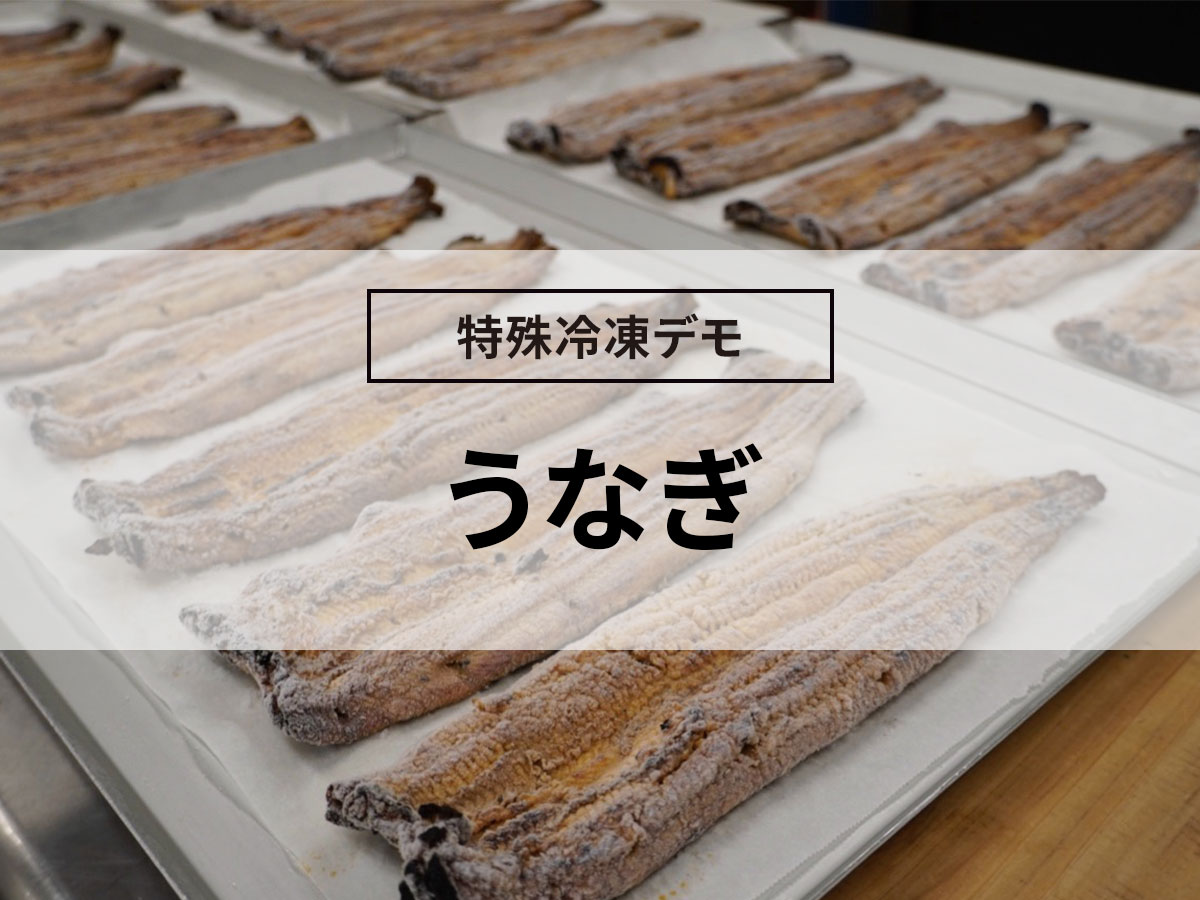



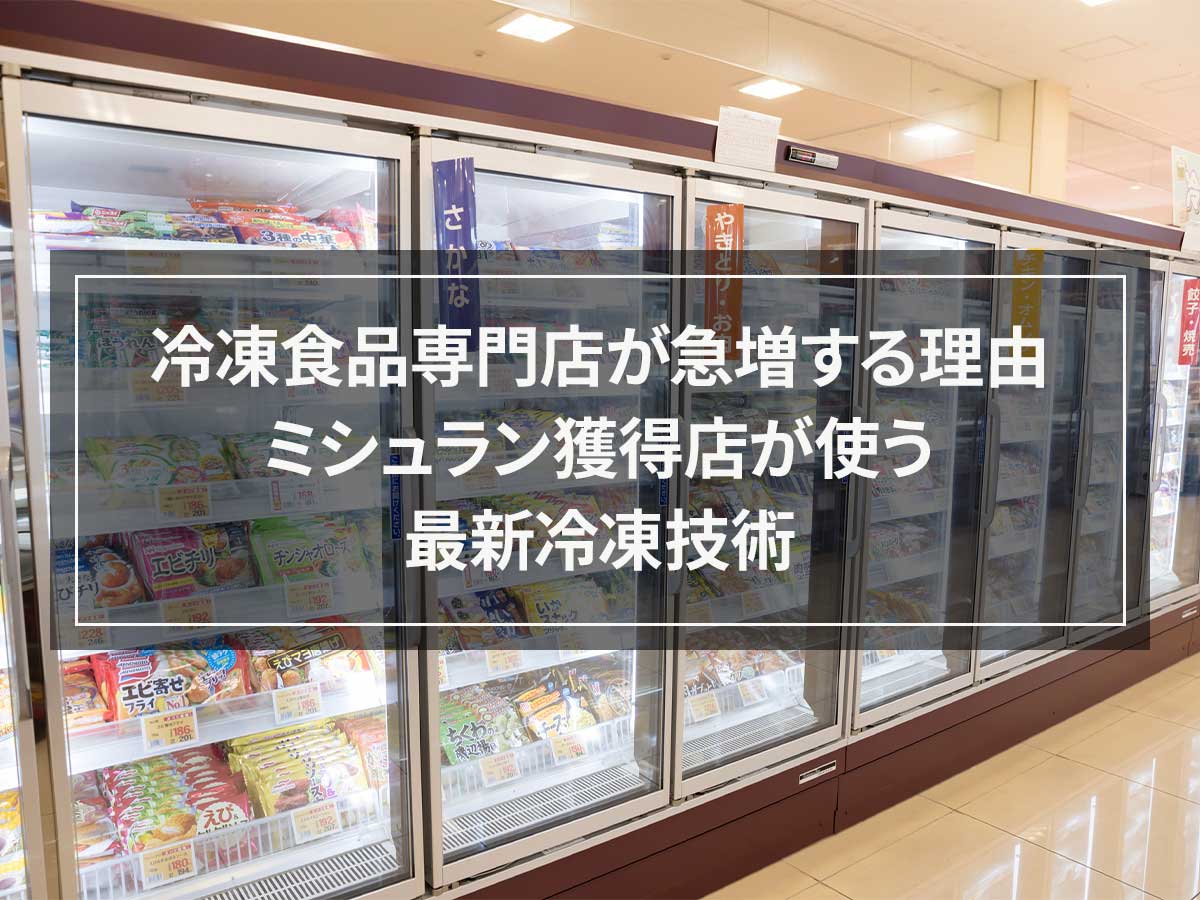
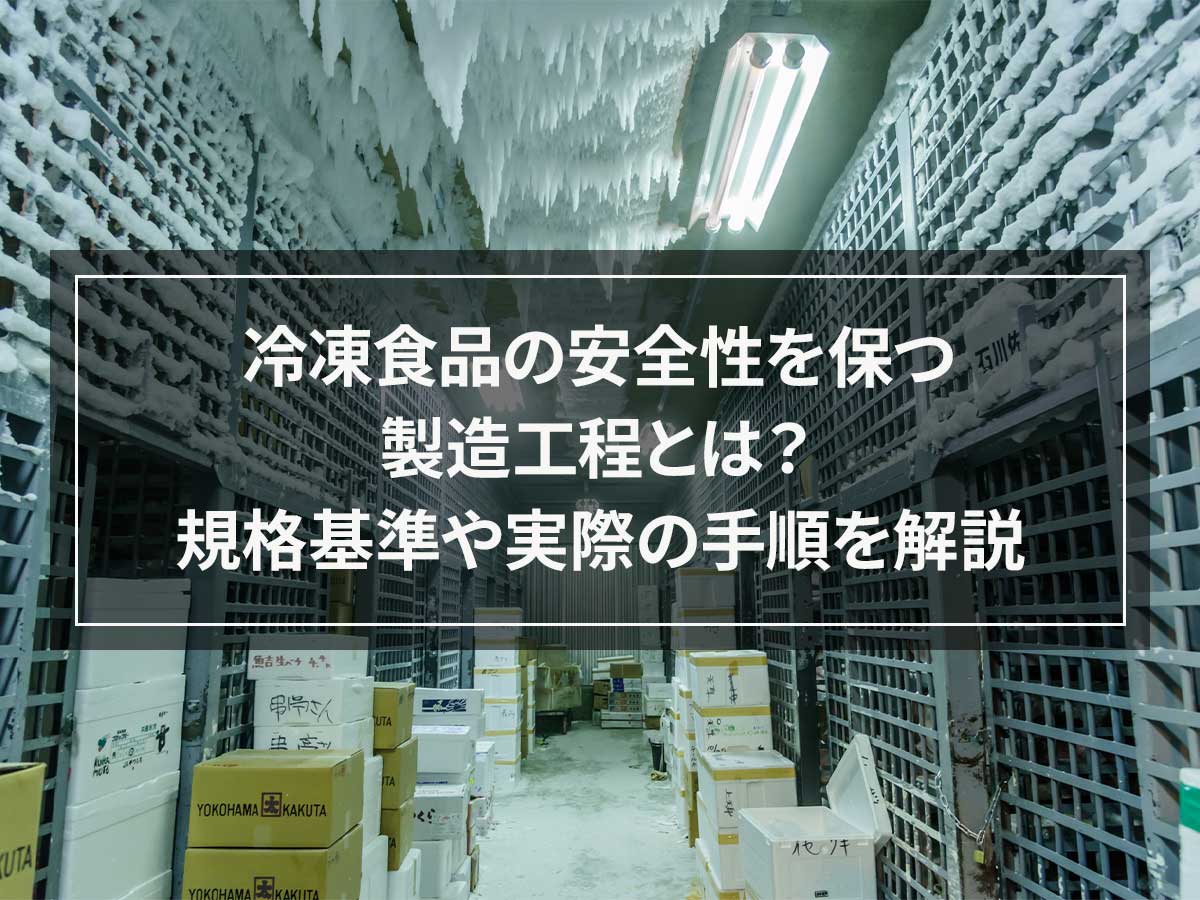
![[Be good at saving money! ] Introducing the method and recipe for freezing fried rice](https://shunkashutou.com/wp-content/uploads/2023/10/mayo-tyahan-1024x768-1.jpg)
![[Current situation and countermeasures for food loss] What are efforts to reduce food waste and rapid freezing? ?](https://shunkashutou.com/wp-content/uploads/2024/04/ddc2c5b7fa32b837dcbdcd1ab68e9087.jpg)
![[8 times more nutrition! ] Introducing how to freeze clams, storage period, and 5 recipes](https://shunkashutou.com/wp-content/uploads/2023/10/57204e2a2f115f810e29e365cfc86638.jpg)
![Introducing recipes and methods for good frozen preservation of okra [Explanation with photos! ]](https://shunkashutou.com/wp-content/uploads/2023/10/616c25d6c59f80c7a09effe2edc5ef92.jpg)
![[With photos] Lemon freezing and storage period, recipes for how to use frozen lemons](https://shunkashutou.com/wp-content/uploads/2023/09/21a01b705aff194717e200bf6dc6ce5b.jpg)
![[Can it be frozen?] Stew freezing method, storage period, and arrangement recipe](https://shunkashutou.com/wp-content/uploads/2023/10/f599b814ea21eef57604e4ceb2518d5b-1.jpg)


![[Freshly made raw soba all over the country! ] Example of introducing a quick freezer at a soba restaurant](https://shunkashutou.com/wp-content/uploads/2016/01/6d8138adcf26c410c11b25d5b8d2f3de.jpg)
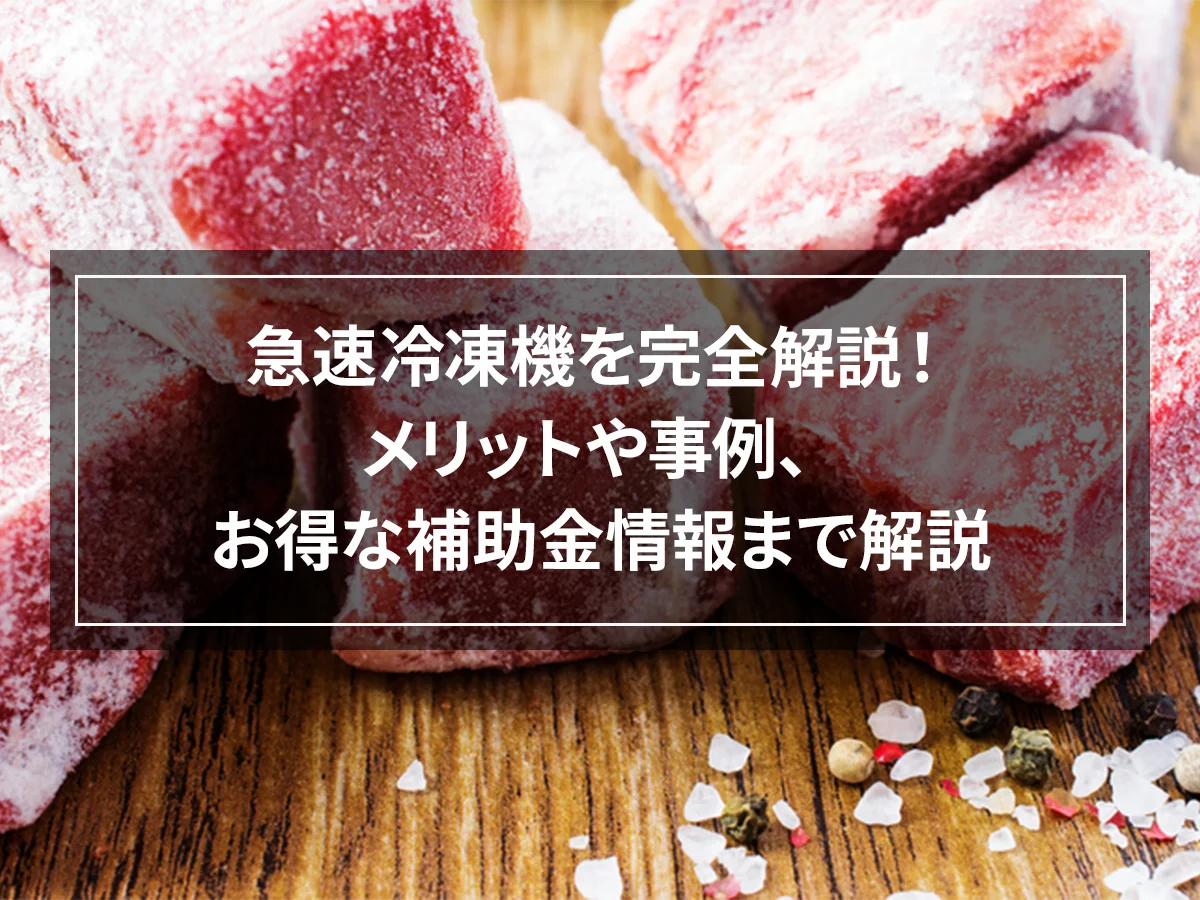
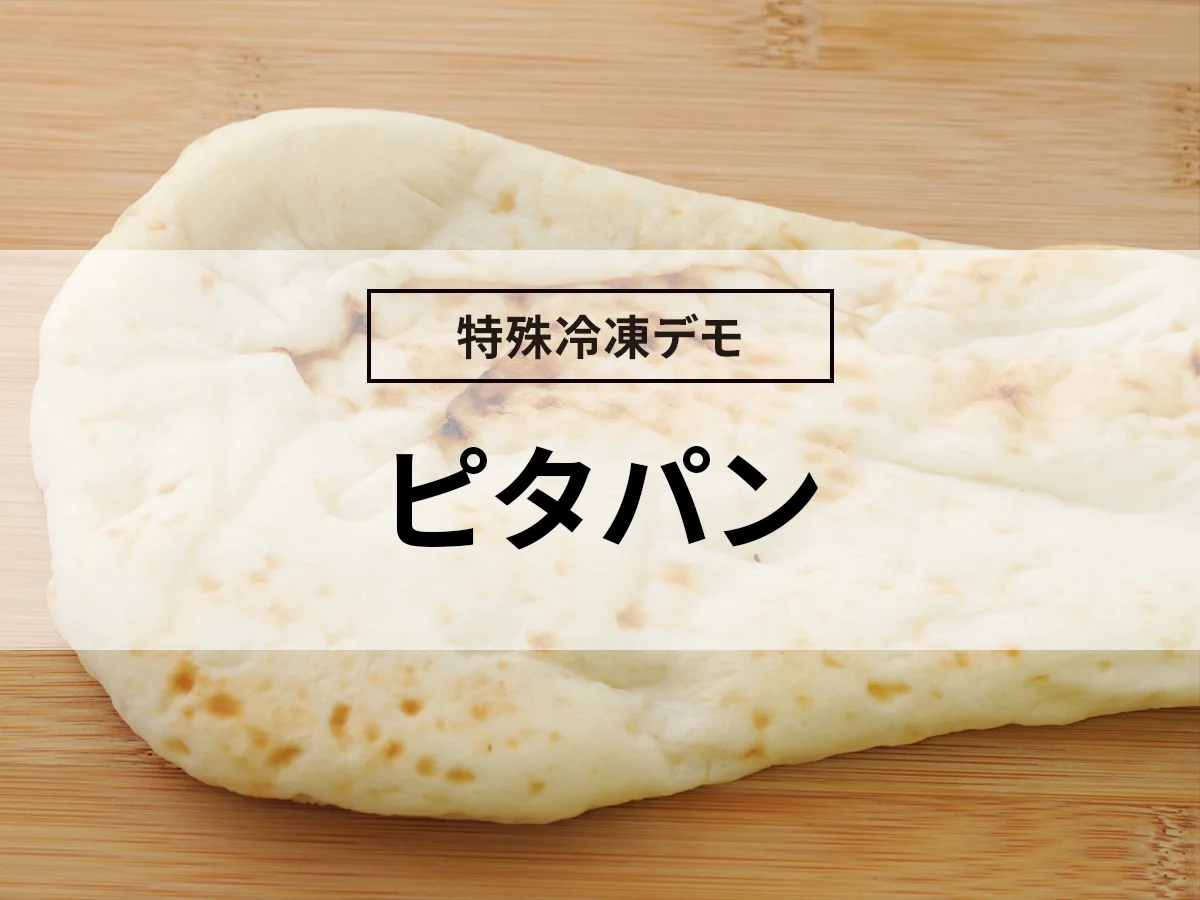

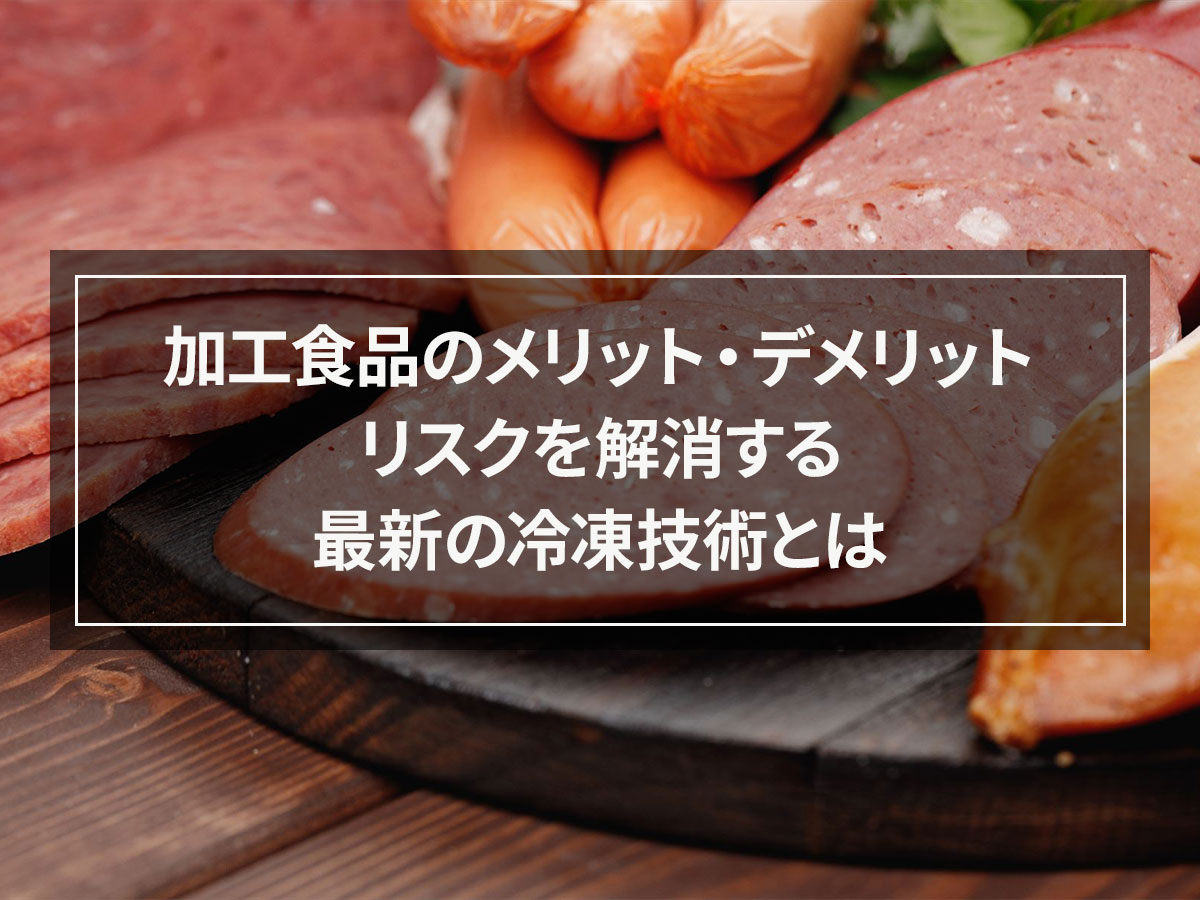
![[Introducing trick techniques! ] How to freeze and thaw pancakes](https://shunkashutou.com/wp-content/uploads/2023/09/4f2e9d04709f0c4e5c1769985a49ac8b.jpg)
![How to freeze rice cake, expiry date, and 5 recipes! [Explanation with photos! ]](https://shunkashutou.com/wp-content/uploads/2023/10/bd019f04ad570f697ffefe9ffd2e1e71.jpg)




